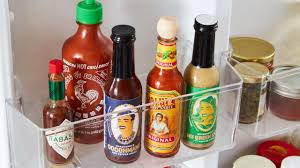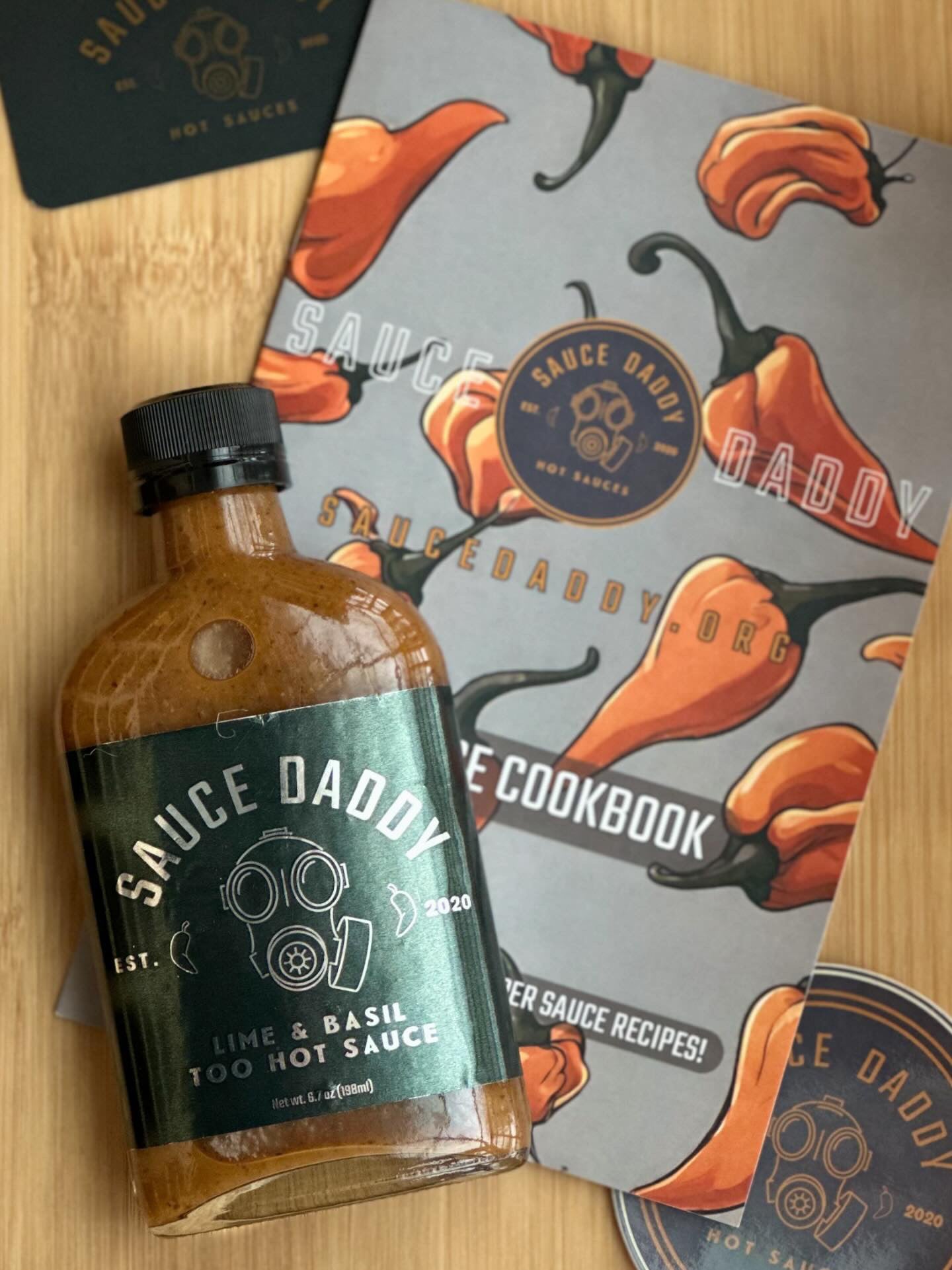
Keep the heat alive, not expired.
Hot sauce isn’t just a condiment, it’s a living, breathing bottle of flavor chemistry. Whether you’re rocking a bottle of Sauce Daddy’s Lime & Basil or your own homemade creation, proper storage makes the difference between “wow, that’s fresh” and “uh… did this always smell like pickles?”
Let’s break down the right way to store your hot sauce so you never lose that punch of flavor.
1. Know What’s Inside the Bottle
The first rule of storage? Understand your sauce.
-
Vinegar-based sauces (like Sauce Daddy): These are naturally acidic, which acts as a preservative. That means they’re more shelf-stable and can handle room temperature for short periods.
-
Fresh or fruit-based sauces: If your sauce includes ingredients like mango, pineapple, or garlic without heavy vinegar, it’ll need more care — meaning refrigeration is your friend.
Pro tip: Always check the label. If it says “Refrigerate after opening,” there’s a reason. Acidity and salt content determine how long your sauce can safely live on the counter.
2. Before Opening: Keep It Cool and Dark
Unopened bottles can last months — even years — if you store them properly.
-
Keep your sauce in a cool, dark place like a pantry or cabinet.
-
Avoid direct sunlight and heat sources (no window sills or near-the-stove storage).
-
Heat and UV light can degrade color, flavor, and potency over time.
Think of it like a vampire: your sauce hates sunlight but thrives in the shade.
3. After Opening: The Fridge Is Your Friend
Once opened, oxidation begins — and that can slowly change the sauce’s flavor and texture.
Refrigeration slows that process down and helps maintain:
-
Bright color
-
Consistent texture
-
Fresh flavor
-
Food safety
Even if your sauce could survive outside the fridge, keeping it cold is the best move for long-term freshness — especially if you savor your bottles slowly.
4. Keep the Cap Clean
You know that crusty ring that forms around the lid? That’s dried sauce, and it’s basically an open invitation for bacteria and mold.
Wipe the cap clean after each use with a paper towel or damp cloth.
If buildup happens, rinse it with warm water and let it dry before screwing it back on.
5. Don’t Double-Dip
Pour, don’t dunk. Never dip food directly into the bottle — you’re introducing bacteria every time. Pour your sauce onto a plate or spoon, and you’ll keep contamination out of the equation.
6. Watch for Signs of Spoilage
Even the best sauce has a lifespan.
If you notice:
-
A funky or sour smell
-
Gas or bubbles inside the bottle
-
Mold or color changes
…it’s time to retire that bottle. (No tears — it just means you’ve earned a fresh one.)
7. Bonus Tip: Shake Before You Sauce
Natural separation happens over time, especially with all-natural sauces like Sauce Daddy. A quick shake mixes the oils, peppers, and seasonings back together for a consistent flavor every pour.
Final Thoughts
Proper storage keeps your sauce tasting exactly how the creator intended bright, bold, and full of life.
So whether you’re stacking bottles in your pantry or keeping your favorite flavor next to your eggs in the fridge, remember: respect the sauce, and it’ll respect you back.

